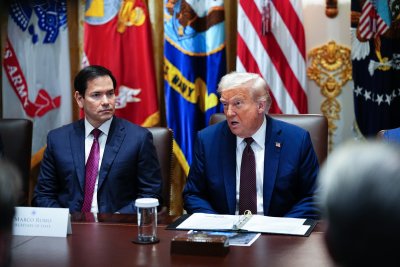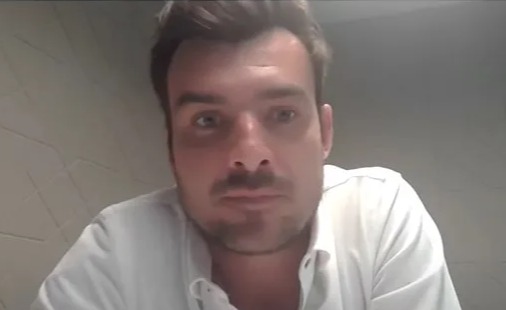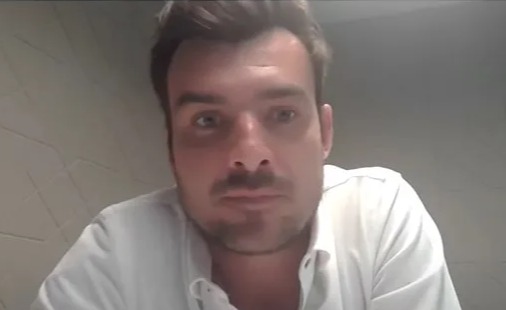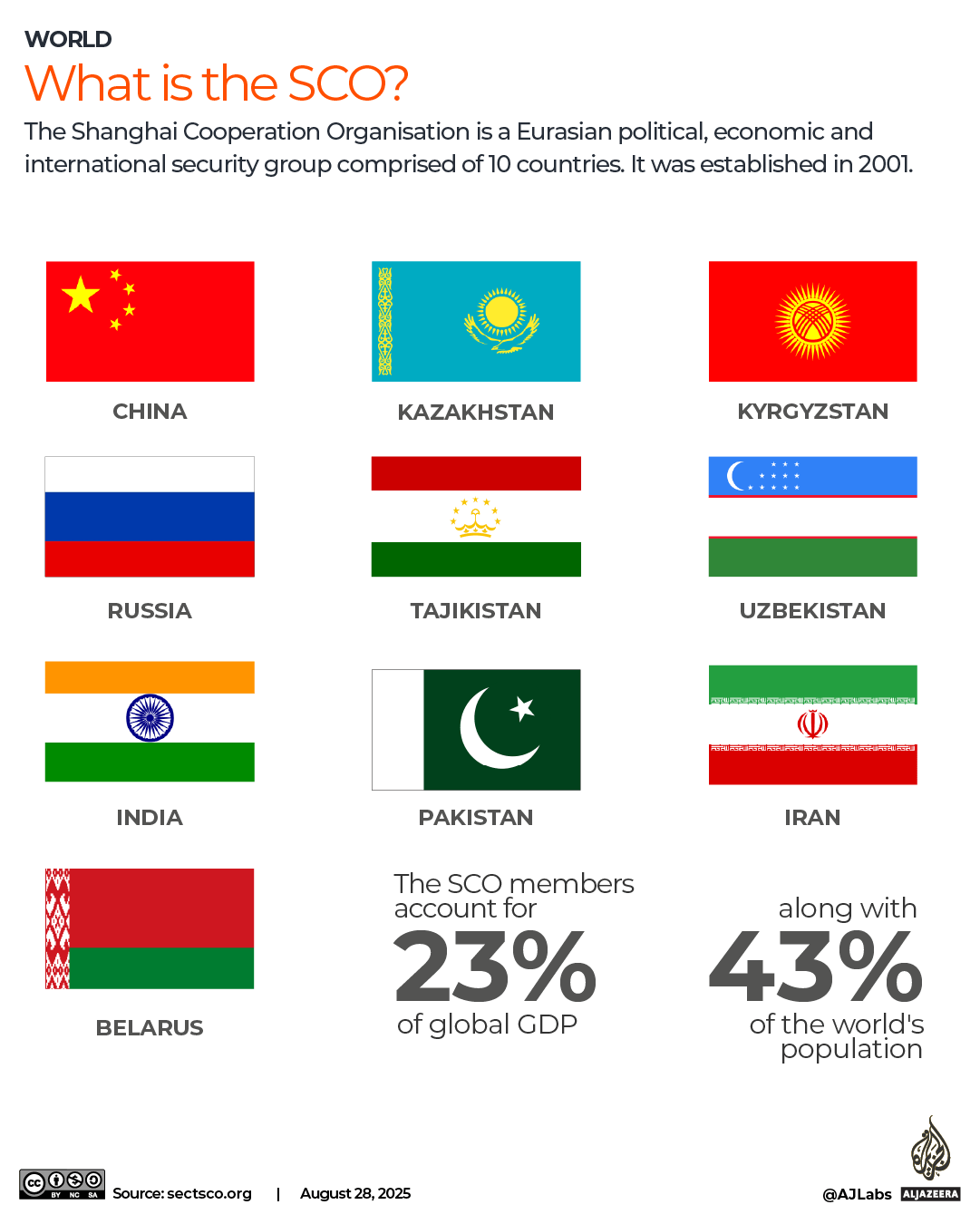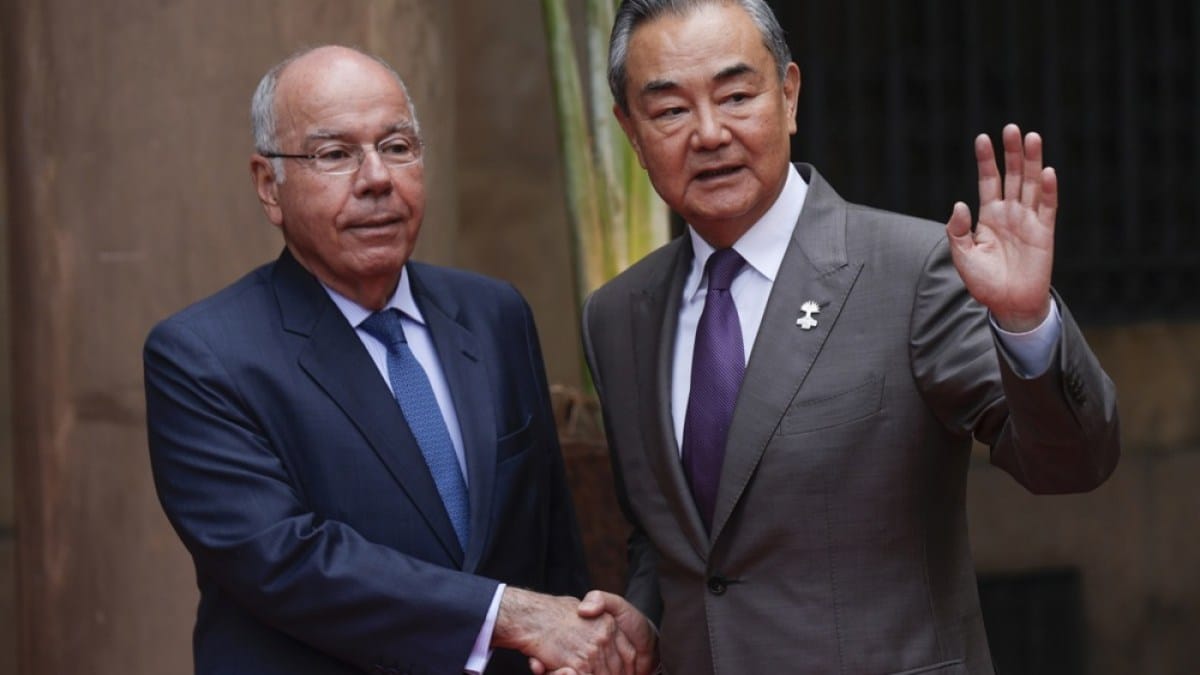Earth versus the US: Will Trump administration deteriorate U. S. international legitimacy?
What is international legitimacy?
States have always needed to guarantee their existence and sovereignty; law and security became, therefore, the key to power dynamics in international relations. As the survival of the states has depended directly on the proper handling of their interrelationship, the international stage soon prevailed over the internal one as the reason for their existence.
The international society, anarchic by nature, has never allowed a previous binding legal order or even the ruling of a central authority. This amorphous and pulverized society has demanded from states the set of strategies aimed at the prevailing of its force in the world system, and due to various standards of expression and capacity they own, some states have used its legitimacy as a way of equating their place in the world and signing their international insertion.
If the international theatre is anarchic, the reasons of state are consequently selfish; nations have been conducting their mutual relations according to the customs originating from the accommodation of power. Paradoxically, a dialectic between sovereignties and the progressive interdependence of nations emerged as a phenomenon that has evinced the potential of international socialization, as well as the existence of a minimum coexisting ruled world community.
Considering that the international legal order is sovereignty-based and that there are no transcendent values—not even peace, justice, and equity—that can affirm its basic rule, interstate relations depend on intricate power and policy games.
Sovereign legal orders aimed at self-defense and security strategies have put in check the legal formalism in favor of realism in international society. This is the main characteristic of the international order that makes it entirely different from the internal one: the prevailing of policy over law. No matter how a domestic legal order forces political struggles, there will always be a founding rule that provides the state legal validity and a minimal government structure, with vertical authority, that enables the subsistence of its society.
On the other hand, international order, even surrounded by world organizations, law, and treaties, can’t do without policy, precisely because of being anarchic, horizontal, amorphous, and unequal. So, for prevailing in the strongly political world theater, states have to use something beyond pure international legal elements as a non-conventional way of equating power—authority, or rather, legitimacy.
This is not an easy task. The concept of international legitimacy is nebulous itself, as it gravitates beyond the borders of morality, ideology, and law, and it can simply be defined as a sort of moral acceptability that justifies states’ authority. Neither diplomacy nor international law can provide sufficient elements or concepts for defining it.
2. Why do nations need international legitimacy?
The friction between power and law is what moves interstate relationships, and it is responsible for encouraging states’ constant dissatisfaction concerning the international system status quo. Decolonization in Africa and Asia, the non-aligned movement, and the third-world onslaught against the international financial system are all phenomena that emphasize this friction.
Even the assumption of stability in the international system and its binding rules can’t mitigate the effects of the friction between power and law. Sovereignty remains the pillar of world relations rather than international law. States don’t abide by rules unless it seems convenient, helpful, and adaptable to their strategic geopolitical calculation.
The international society is a very heterogeneous environment in terms of power and capacities. Consent—and not consensus—is what moves interstate relationship structure, marked by an absolutely unequal distribution of power, which leads to its cyclical freeze and to the legitimacy crisis of hegemonic states.
Whether hegemonic or peripheral, states depend on the consent of the others to achieve their strategic aims. Tradition, besides consent, also aggregates nations, and this is why the international law itself is based on a tradition derived from natural law. It is no coincidence that nations handle their diplomatic strategies of insertion and chase for consent using their reasons of state—the real meaning of their political traditions.
The U.S. molded its political tradition and the basis of its international legitimacy on hegemonic leadership. The relations of power between the U.S. and the rest of the world have always followed this premise, but President Trump’s recent actions are undermining the consent achieved by Washington, as well as its own international insertion. He seems to ignore the fact that, like any other nation, the U.S. depends on the consent of the world community to keep its leadership role.
3. Hegemony: the U.S. international insertion
Since its very early years the U.S. reason of state was forged in a biblical and messianic character based on Puritanism. The resulting collective consciousness led the Americans towards expansionism in their own territory and afterwards to international hegemony.
The U.S. arrogated to itself a leading role in the world on behalf of a supposedly elevated social order, responsible for conducting progress and democracy wherever needed. Based on the idea that the U.S. was divinely ordained to preserve the unequivocal rights given to men by God—equality, liberty, life, and happiness—and to promote democracy ideals, the world consented to the Manifest Destiny Doctrine, the Monroe Doctrine, and the Roosevelt Corollary as acceptable sources of Washington’s international legitimacy.
European countries, which had long resisted American initiatives in Africa, Latin America, and the Pacific, now accepted Washington’s supremacy. The world wars gradually affirmed the international community’s consent to U.S. authority, side by side with the Soviet Union during the bipolar era, and now as a hegemonic nation struggling for world power with earlier peripheral China.
The U.S. hegemonic legitimacy would not have survived the Cold War if it wasn’t for the consent derived from Washington’s objective behavior and respect for formal institutions like NATO, the Security Council of the U.N., or even the accepted currency in the world’s financial system.
Above consent, the West block nourished the belief that the policy of the U.S. really supported free peoples who were resisting attempted subjugation by the Soviet Union and the Warsaw Pact. Both the Truman and Eisenhower Doctrines gained authority by the acceptance of half of the world, and this consolidated U.S. leadership in Europe, Latin America, and the Middle and Far East.
Reagan’s patient determination on reversing the course of American policy abroad by strengthening Washington’s defenses and recapturing world supremacy from Moscow was rewarded with the dissolution of the Soviet Union. However, with the end of the Cold War, the U.S. entered uncharted territory, as it meant the end of the divided world legitimacy shared hitherto with the Soviet Union.
During the Cold War, the U.S. could cite the threat of Soviet retaliation as a reason to avoid intervening in the affairs of other countries. With that threat gone, American leaders, facing an unprecedented responsibility, would have to weigh each prospective intervention on its own merits.
If one country attacked another, should the U.S. defend the victim? If the government of a country oppressed its own people, should the U.S. move to stop the oppression? These questions—and the answers American presidents gave to them—would reshape U.S. international legitimacy and its further foreign policy, as well as the world order itself.
As the only superpower still standing, the U.S. power could not preserve American strategists from having to make difficult decisions about how to use such resources. Inheriting the chaos left by the breakup of the Soviet Union, George H.W. Bush, Bill Clinton, George W. Bush, Barack Obama, and Joe Biden outlined a “new world order” based in the general and accepted principle of deterring international aggression.
American unilateralism, strongly endorsed by the 9/11 terrorist attacks, made the world accept fully the “global policeman” role the U.S. had been playing since the 1991 invasion of Iraq. In playing the role of “world cop,” strategists and advisers of both Republican and Democratic presidents asserted the right to the preventive use of force.
In other words, the U.S., far stronger militarily and economically than any other nation, played its role as supporter or final arbiter of most international disputes. Iraq, Kosovo, Serbia, the Middle East, Somalia, and Ukraine have all faced direct or indirect interventions by the U.S. by reference to international law or, last but not least, to the world’s same wavelength.
President Donald Trump seems to despise the highly interventionist and hegemonic legacy that the U.S. accumulated in the last 30 years—in his view a heavy and useless burden that Washington should no longer support—as well as the eighty-year-old world order and the international law system itself.
4. Trump’s will: a new world order?
Conceiving the world as a dynamic, integrated system has always meant the difference between success and failure in the decisions and actions of great leaders throughout history.
Once reappointed for another term in the U.S. presidency, Donald Trump was granted the opportunity of choosing between success and failure. Surprisingly, it looks like he has chosen to face the world not in a global manner, as a wise statesman, but from an absolutely anarchic, fickle, and irregular point of view.
This is an equivocal perspective: the three-century successful premise based on the opposition between the internal order and the international anarchy can’t find support in the present world. Although the international order is anarchic, some institutional, behavioral, and subjective elements that shape regular empirical situations come from it.
Modern international law, unlike its formalist classical matrix, aims to shape social reality, not only on the global scale but also at the core of the states. The present organization of the international system has to do with both the power and interest of the wealthier nations and the peripheral ones’ sense of security and belonging to the international community.
In general, nations yearn for sovereignty, formal equality, human rights, economic development, stable commerce, and a healthy environment. In a nutshell, both peripheral and powerful states yearn for stability in world order, and the hegemonic ones are even more interested in promoting it. Besides being the main beneficiaries of the world order stability, they also have enormous influence on shaping the content of international rules and strengthening global organizations.
Thus, it’s quite impossible to conceive a project of a new world order under Trump’s actions. His strategic equivocation is evident: instead of maintaining the U.S. leadership, the measures of international disaggregation so far are undermining Washington’s legitimacy.
The international community expects the USA to be the USA. Despite the emergence of Russia, China, and the Global South as alternative centers of power, the world still expects genuine leadership from Washington, and this role requires the acceptance of predictable patterns in states’ relationships that only global governance shaped by international law and systemic persistence can provide.
Denying the international system is definitely not the way to improve a new world order, and it will result exactly in the opposite of Trump’s objective—“make America great again”—insofar as the U.S.’s global leadership depends on its strategic insertion into the global regime.
5. The U.S.’s international legitimacy towards deterioration
While Washington is stepping back, Beijing is reinforcing its global insertion and searching constantly for the international community’s consent and for a global leadership role. The Chinese strategists and advisers are fully aware that the observance of international law and the pursuit of the world’s consent are the keys to consistent international legitimacy.
In the daily routine of international system life, large numbers of agreements and customs are complied with. However, the need is felt in the hectic interplay of world affairs for some kind of regulatory framework or rules network within which the game can be played, and international law fulfills that requirement. States feel this necessity because it imports an element of stability and predictability into the situation.
As nations are usually involved in disagreements or disputes, it is handy to have recourse to the rules of international law since at least there is a common frame of reference—a mutually understandable vocabulary book that suggests possible solutions.
The element of reciprocity at work acts as a powerful weapon of gathering and forbearance among nations. States quite often do not pursue one particular course of action that might bring them short-term gains because it could disrupt the mesh of reciprocal tolerance, which could very well bring long-term disadvantages. This constitutes an inducement to states to act reasonably and moderate demands in the expectation that this will similarly encourage other states to act reasonably and so avoid confrontations.
Observing the international law and behaving according to the world system by mutual agreement is the path to improve international legitimacy and to influence and to alter law patterns or customs in the international community.
International legitimacy and international law—and not morality, ethics, or even political mottos—are the elements directly used by states for pursuing their strategic objectives and claims.
“Making America great again” is an empty political motto that definitely can’t subsidize American international legitimacy. Behaving objectively, but diplomatically, in terms of power and showing respect for formal world institutions was surely the way the U.S. forged its supremacy and conquered the consent of the international community.
What made America “great” was precisely its reason of state, based on the tradition of hegemonic leadership. American strategists have always known how to make Washington’s authority and legitimacy prevail over the intricate power and policy games and over the expectations of the coexisting world community.
American legitimacy could even resist the last 30 years of unilateralism and preventive use of force, when the world community fully questioned U.S. leadership, because the strategists and advisers of Washington have never forgotten the need for world socialization and the existence of a ruled world system.
Trump’s foreign policy, contrary to the Chinese or Russian ones, ignores that the consent of the world community is essential for a nation to keep its leadership role and that the world order won’t forgo stability and its institutional and behavioral elements.
The world is a dynamic integrated system that shapes social reality at the core of the states. Trump’s stubbornness in the brutal opposition between the internal and the international order, and in finding enemies everywhere, even among traditional friends, will surely lead the U.S. legitimacy towards deterioration, besides putting the country against the Earth.
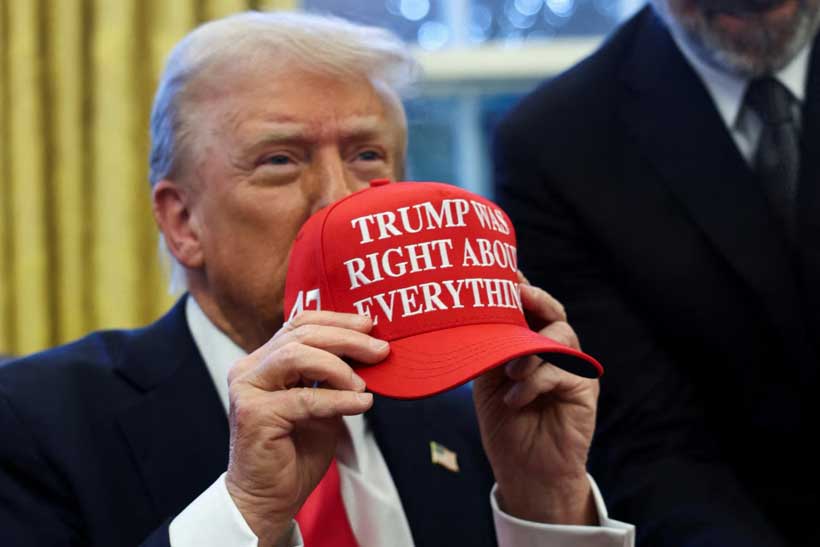
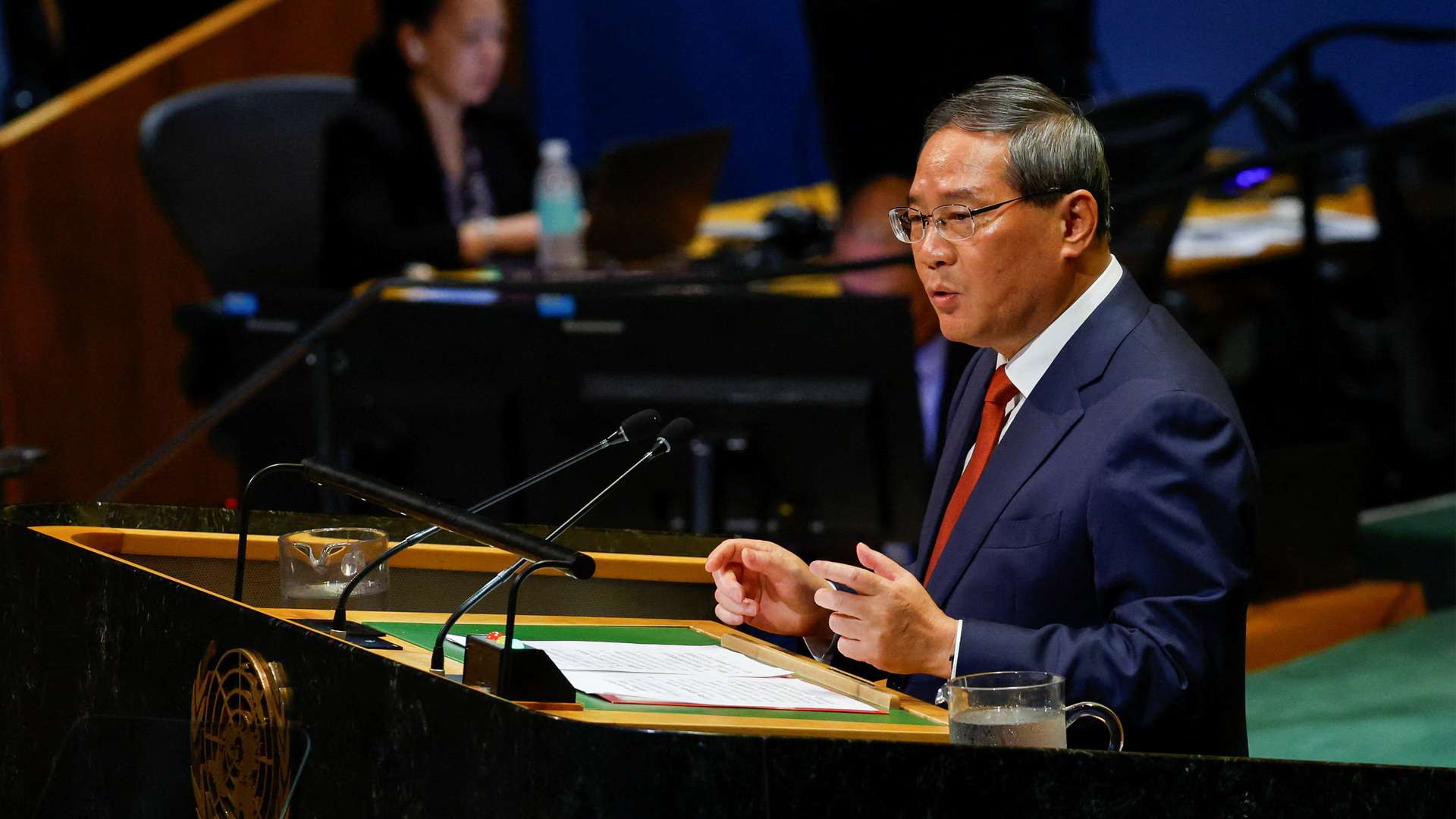


![Israeli far-right Finance Minister Bezalel Smotrich holds a map of an area near the settlement of Maale Adumim, a land corridor known as E1, outside Jerusalem in the occupied West Bank, on August 14, 2025, after a press conference at the site. [Menahem Kahana/AFP]](https://www.occasionaldigest.com/wp-content/uploads/2025/09/AFP__20250814__69HV6DR__v1__HighRes__IsraelPalestinianConflictSettlementPolitics-1755194568.jpg)











